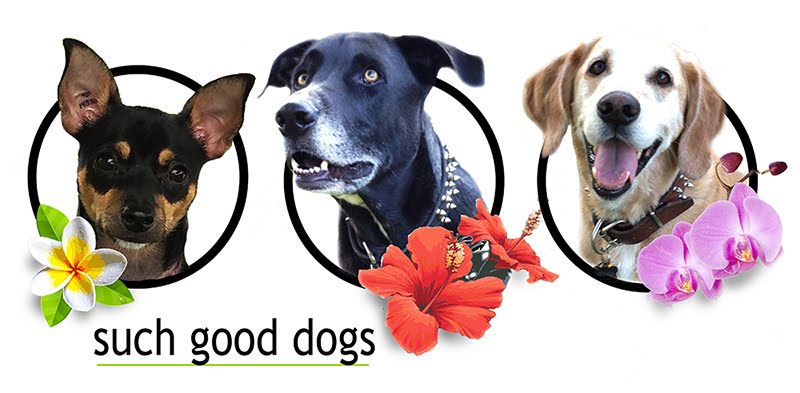This is a basic guideline for an indoor toilet training schedule. When toilet training, the thing to remember is that prevention of accidents is key.
Dog Toilet Training Schedule:
8:30a.m. Wake up. Remove dogs from kennel. Place in confined potty area with breakfast.
9 a.m. Remove food bowls, leave dogs in potty area. Praise lavishly for using the
proper potty area.
9:10 a.m. Morning walk. Praise and special treat for going potty outside.
9:45 a.m. Return from walk, place dogs immediately in potty area. Praise lavishly
for using proper potty area.
10 a.m. Supervised free time in the house. Interrupt any mistakes.
11 a.m. Dogs drink water. Return to confined potty area and praise for proper
toilet behavior. Remove from confinement after proper potty.
12 p.m. Baby gets ready for a nap. Put dogs in kennel or confinement area.
1-2 p.m. Dogs wake up from nap, remove from kennel and place in potty area.
3 p.m. Dog training or short dog walk.
3:45 p.m. After walk/ training/ play time, return dogs to confined potty area.
Praise and treat for proper toilet behavior.
4 p.m. After dogs have used proper toilet, supervised free time in the house.
5:30-6 p.m. Husband returns home from work, greets dogs warmly for 1-2 minutes,
then places both dogs in confined potty area.
6:30 p.m. Dinner time. Dogs are confined to kennel or area while humans eat.
7 p.m. Feed dogs dinner. Place in confined area with food.
7:30 p.m. Remove food bowls. Release dogs for supervised free time if they have
used the proper potty area.
9 p.m. Confined potty area.
10 p.m. Give dogs 10 minutes in confined potty area, then crate for the night.







